#Cork Forest
Explore tagged Tumblr posts
Text
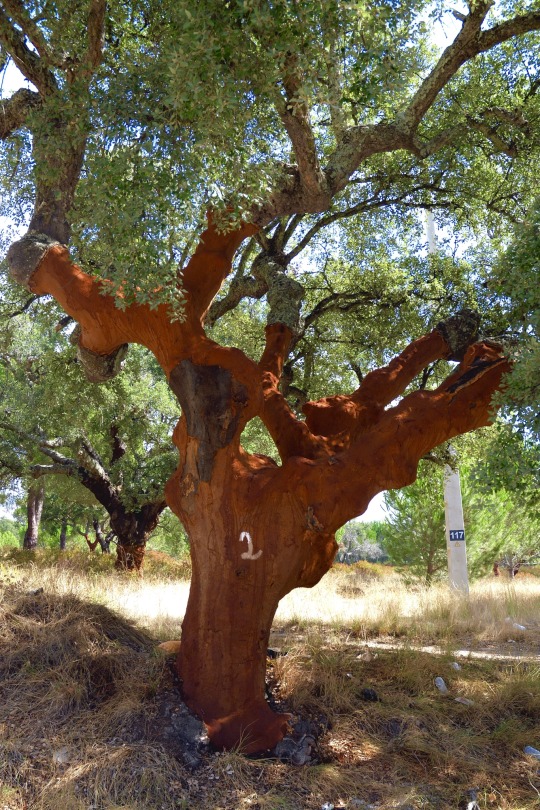
Cork Oak Tree
The Cork Oak Tree is found in the Mediterranean (Spain and Portugal.) Laws dictate that a tree must grow for 25-34 years before the first harvest. This is done by a person called an extractor and it is done in a special way to make sure the tree can continue to grow and produce more cork. (photo by Muttball)
109 notes
·
View notes
Text
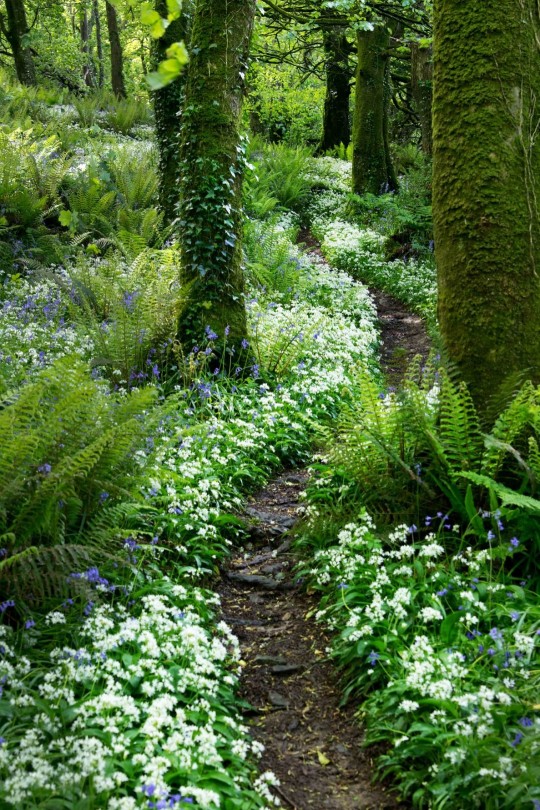
Courtmacsherry, West Cork, Ireland by Keith Kingston
#west cork#ireland#nature#naturecore#flower path#forest#nature trail#nature aesthetic#flowers#flowercore#petitworld
13K notes
·
View notes
Text
Under the Sun & Cyscape
Photography Exhibition Review Under the Sun & Cyscapes | Jane Duong Reading Room Gallery, Rusten House Art Centre | 4 February – 25 March 2023 Jane Duong is a Canberra-based photographer. She majored in photomedia at Edith Cowan University in 2003 for a Bachelor of Communications. Then, in 2007, graduated with a Diploma in Museums and Collections from the ANU. As with her Sunkissed exhibition…
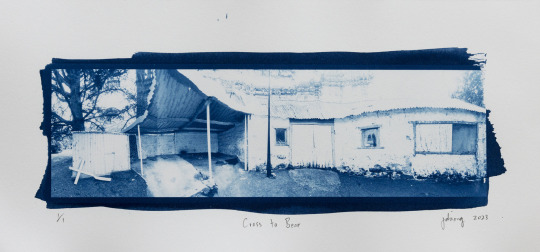
View On WordPress
#"Unclean" water#Cork Forest#Cyanotypes#Cyscapes#Jane Duong#Localjinni Shinrin-Yoku#National Arboretum#photography#Photography review#Queanbeyan#Rusetn House#Under the Sun
1 note
·
View note
Text
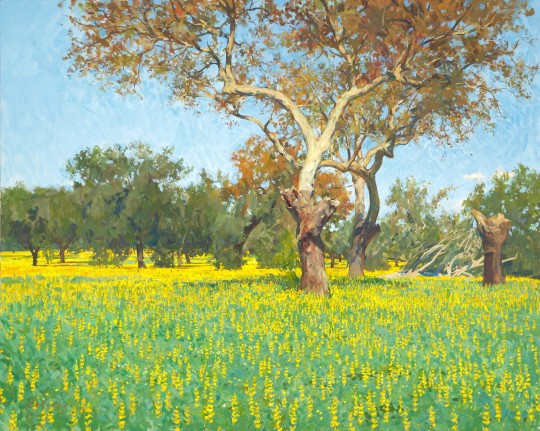
Yellow Lupin in a Cork Oak - Marc Dalessio , 2020.
American , b. 1972 -
Oil on linen , 80 x 100 cm
273 notes
·
View notes
Text

This is Hope, my emotional support marimo
#started w a smaller bottle but it wasn’t as amusing#now Hope has room to grow#marimo#necklace#tiny marimo#the small gravel makes a lovely sound#forest cryptid living in a city#learned from past mistakes that tiny corks don’t work very well#so i use a piece of hot glue stick
9 notes
·
View notes
Text
Posting my little progress video I posted to Instagram not so long ago.
I took an art class in Cork City and we painted this gorgeous scene of the forest in Gougane Barra!
#art#artists on tumblr#irish art#irish artist#my art#ireland#artwork#cork#oil on canvas#oil painting#forest#forest painting#painting landscape#painting timelapse
8 notes
·
View notes
Text



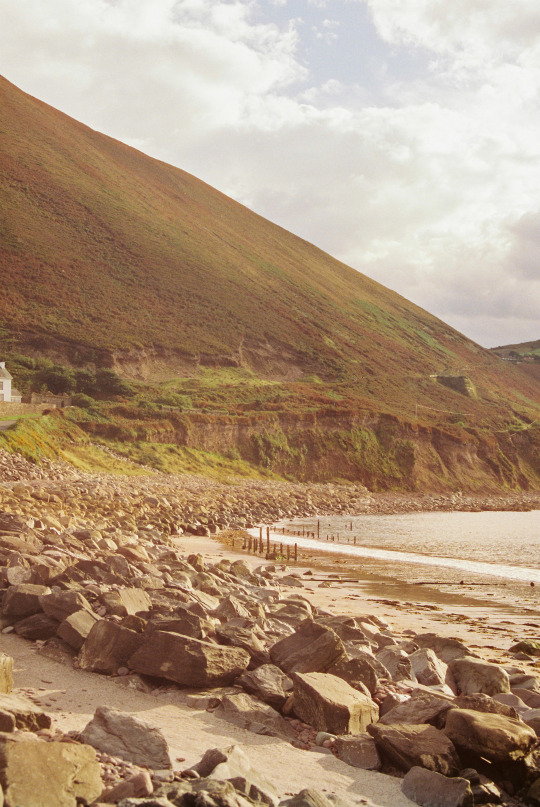
Ireland - September 2023 (2) (3) (4) by Aljaž Gošnak
Via Flickr:
(2) Rock of Cashel (3) Deck of Cards & St. Colman's Cathedral / Cobh (4) Rossbeigh Strand
#forest#landscape#conifers#towers#historic buildings#houses#churches#beach#rocky shore#coastal#ireland#county tipperary#county cork#county kerry
15 notes
·
View notes
Text
There was a line in the sand - a border, or rather the idea of one. This idea described a frontier, delineated a boundary. In 1852 transgression of this idea and the sovereignty it represented angered Bey Ahmad of Tunis. [...] [T]he government of [French] Algeria accelerated plans to undertake a tour of the frontier [...], to define the spatial limits of French power. [...] [T]he bey wrote a letter to the French consul [...]. The two powers had to work together, each having representatives present [...]. The response came from Paris. The prince-president (Napoleon III), the minister of foreign affairs, and the minister of war all agreed with the bey [...]. The barrier was real, the border inviolable, the idea held. So the bey and the president understood each other. [...] [But] [a]n internal letter [among French officials] explained the thinking behind the military's territorial violation: [...] it was necessary to "display clearly [the French military's] position on the frontier and to act to take possession of the country that we have claimed." This was important even if the act itself exposed the border's unreality. [...]
In such a way, belief in the border exposes a kind of irrationality at the heart of modern state power: the very basis of modern sovereign claims - territoriality - was an abstraction that only distance from the influence of local events could make appear real. The idea of the frontier that the French president and the Tunisian bey shared was the modern belief in the reality of borders, of their existence as barriers. That these two shared this idea tells us something about the appearance of modernity in the Maghrib in the late nineteenth century. [...]
---
Anxiety about the situation along the frontier was manifested not only in French military sorties and "inspection tours": we can also see it in the positioning in the colonial imaginary of migratory and transhumant populations as anti-modern. Seemingly unconcerned with national boundaries [...], these populations were cast as mere violent holdovers of the "traditional" practices of the Maghrib, soon to disappear before the progress of modern social organization and governmentality. [...] The [French] minister of war held that the government of Algeria should secure the border because unrest was "hampering the industrial development of the La Calle region and slowing the normalization of our authority among the tribes [...]." His reasoning did not necessarily reflect that of the cultivators who were accustomed to moving to lands on either side of the line drawn by Randon or moving their flocks within a generally elastic space. The dictates of imperial economics (i.e., mineral exploitation) were here locked into a territorially-bound sense [...].
The government of Algeria - which was at that point, legally in any case, the French government - [...] based claims to sovereignty on the ability to control violence [...]. This [French military] officer led soldiers across the northern Algerian-Tunisian border, stopping to talk with all the groups [...]. The minister of war wrote that, while this action was indeed problematic on the diplomatic scale, it was necessary and right on the local scale. "Our administrative interests cannot be left outstanding - our dignity itself is at stake in giving to the tribes evidence of our [power] [...]" and "this operation is necessary to tranquilize our tribes and organize the means of repression." [...] In effect, the local scale necessitated a processional display of state power [and literal physical violence] to ensure its claims, while the international scale necessitated the abstraction of fixed and territorialized power. [...]
---
[I]n the winter of 1876 [...], [t]he territorialized nation-state was finally achieved. This rosy picture did not last. Even after the French occupation of Tunis [...] in 1881, belief in the border failed to spread to the scale of local life and governance. [...] Certainly the border, even a border that had largely been agreed upon and understood at the level of high politics for nearly three centuries, was a problematic and vexed ides. Only those removed from its immediate reality seemed to believe in it.
Despite the continued efforts of those apostles of modernity on the Algerian side of the border, the border was never as fixed as they thought it should be. Concerned reports about it continued [...] to fill the saddlebags of imperial postmen well after the establishment of the protectorate in Tunisia. The “realness” of the border was a matter of both material reality and socio-juridical imagination. The border between the Regency’s tribes and those of the dey in Constantine, for instance, had existed (more or less) since the 1500s. But these were obviously different conceptions of what made the border. [...] The border would be “real” for these French officials when groups on either side stopped transgressing the imaginary barrier the Regency and France had erected. Vexing to the French imperial imagination was the apparent breakdown of the concept of state power based on maintaining the monopoly of violence in a certain region: “We reserve to ourselves the right to penetrate into the territory of neighboring tribes that breach the interests of our tribes or territory and to punish them emphatically.” [...] Beyond informing people of their legibility to the state vis-à-vis taxes, the point of the multiple tours, meetings, raids, and trades [...] was thus to show off the power of the French war-making apparatus in order to claim for it sole legitimacy. [...] [T]he land claimed by the French becomes practical, modern territory only when the people living there accept the claims to sovereign authority of the French - not before. There is effectively no border until the people believe there is and act on that belief. [...]
That this type of thinking was not the special purview of the “recalcitrant” tribes themselves is reflected in a letter a French advisor to the Tunisian army wrote to the French minister of war in 1862: “Some have wanted to have a frontier delimination between the Regency [of Tunis] and Algeria; it is necessary, as Your Excellency has recognized, that the frontier remain vague. Let us not commit the present, let us reserve for ourselves the future, and let us not raise barriers between the rich valley of the Medjerdah, and the metallurgic deposits and the cork forests of the Tabarka mountains, [and Algeria].” From his vantage point on the ground, this officer saw a different relationship between the border and the territorial position of sovereignty than did the president or bey. The importance of the imperial project was better reflected in not securing a border. But this understanding did not make its way up the chain of command. There a "real" border was necessary.
---
All text above by: Brock Cutler. "Believe in the Border, or, How to Make Modernity in the Nineteenth-Century Maghrib". Journal of the Economic and Social History of the Orient 60. 2017. [Bold emphasis and some paragraph breaks/contractions added by me. Presented here for commentary, teaching, criticism purposes.]
#lol last quote french military advisor who so obsessed with destroying forest for imperial profit that he accidentally became antiborders#like you know what the frontier is an essential sacred concept to our empire BUT if theres more profit beyond the frontier#then we should disregard the same frontier border we are simultaneously claiming to revere#borders are real and sacred until i decide that i want the money on the other side#also the way he is like waxing poetic about the magnificent cork forests and metallurgic deposits#he sees a forest and is like MONEY#your excellency think about the beautiful metallurgic deposits#ecology#abolition#imperial#colonial#indigenous#temporal#pedagogies#ecologies#multispecies#french algeria#french imperialism#black methodologies#idea of the border#tidalectics#archipelagic thinking#geographic imaginaries
17 notes
·
View notes
Photo

Forest Path, Cork County, Ireland
8 notes
·
View notes
Text
Forest Path, Cork, Ireland

2 notes
·
View notes
Note
hi cork ily

LYT‼️‼️‼️
#HI HAIIIII HII OMG HI /E WAVE#we dont get frogs a lot in jersey but sometimes a mutual posts wild frogpics from the forest down by the middle school#and im like :] thats frog thats a friend :] i know them#rare original cork post. donot look#thats a real sweater btw its in my closet right now itis a girlfriend 2 me
2 notes
·
View notes
Video
Weinachten im Walde, Kupferberg Gold Champagne, 1907 by Halloween HJB
#vintage liquor advertising#champagne#Kupferberg#Christmas#New Year#gnomes#forest#popping#cork#Father Christmas#sack#bottles#flickr
0 notes
Text
Forest Path, Cork, Ireland

1 note
·
View note


